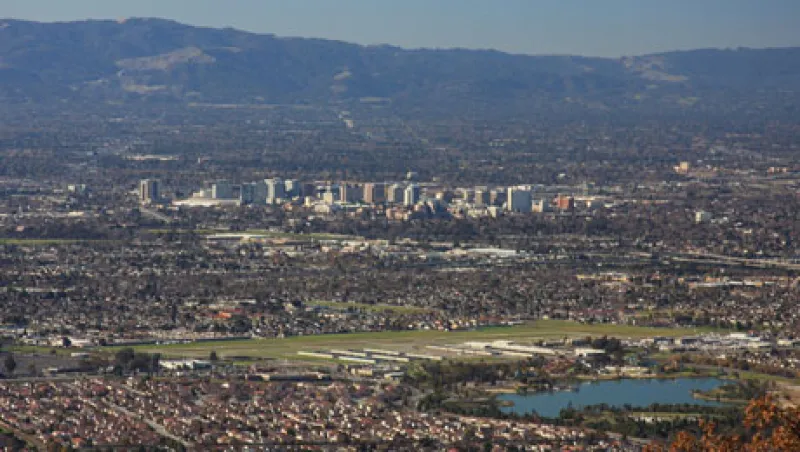At the earliest stages of launching a company, investors are often asked to invest in something that has no products or even markets for future products; there’s just an entrepreneur’s vision for what can develop in the future. Assuming the entrepreneur secures funding to actually launch a company, it can then take years before products come to market and cash flows turn from negative to positive. This period of development before a venture reaches commercial scale is one in which companies are entirely reliant on external capital providers to fund operations. It is in this phase that the large majority of new ventures fail, which is why this period is often referred to as the ‘Valley of Death’ (VoD).
As you might imagine, companies operating in industries with large capital inputs are particularly vulnerable to the VoD. In economic jargon, the standard J-curve applicable to venture investments in sectors such as energy, food or water tend to run deeper and longer than is the case for generic venture investments in, say, software. It is thus not all that surprising that the ‘green revolution’ that overwhelmed the venture capital community in the last decade, which sought to revolutionize the economy’s energy infrastructure, has generated so few success stories. Put simply, the capital intensity of these companies was too great for VCs to bring competitive products to market on their own, leaving the companies to fend for themselves in the VoD.
Notwithstanding the past failures, I think it’s reasonable to suggest that a select number of these capital-intensive ventures will, in the decades ahead, revolutionize antiquated industries by becoming commercially viable and indeed scalable companies. I believe this to be true because I also believe that the combined impacts of climate change and resource scarcity will inevitably generate dislocations in the global economy. And this, in turn, leads me to believe that a subset of the green energy and technology companies of this generation will go on to be the most profitable companies for generations to come.
Anyway, it is the juxtaposition of large past losses in "green ventures" with this potential for large future gains that creates a rather interesting investment opportunity for long-term investors.
Isn’t there an opportunity for smart institutional investors to use the valley of death to their advantage? Isn't there a chance to extract investor friendly terms from companies (that could one day completely disrupt energy markets) that have fallen on 'hard times' for no other reason than short-term and relatively small VCs can't see them through to commercial viability?
In a way, I think of this phenomenon as the ‘Valley of Opportunity’ for long-term investors; a place where pensions and sovereign funds have the potential to make venture capital investments in a scalable and aligned manner...





